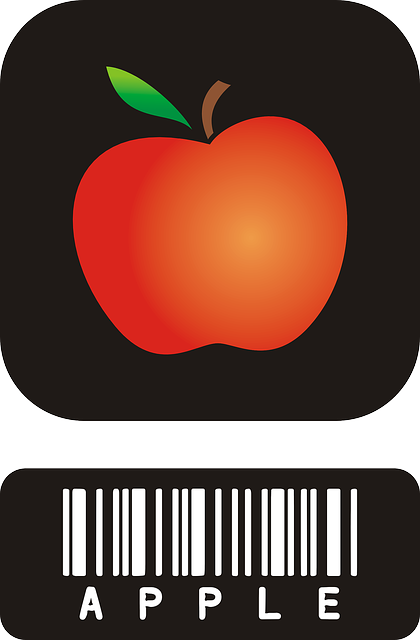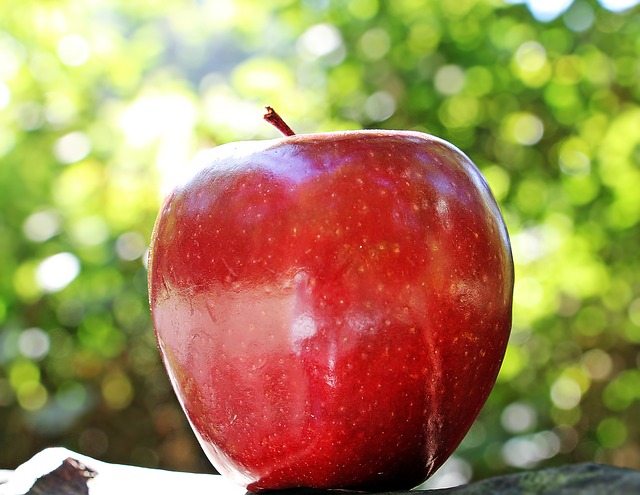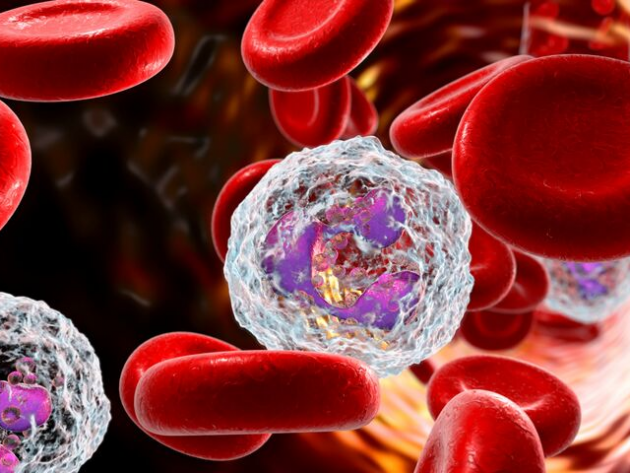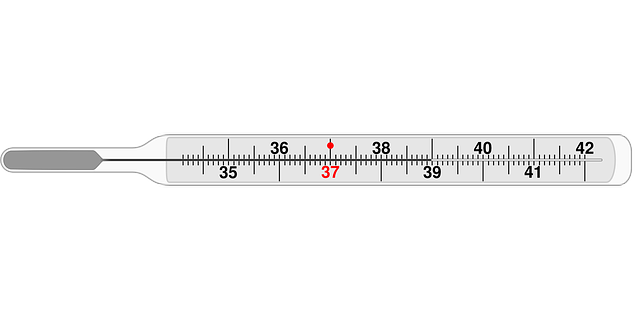The sticker that you find on fresh fruits and vegetables in the grocery store is called the PLU code, or Price Lookup Number. The sticker codes for the price but also tells you how the food was grown. It tells if it is genetically modified, organically grown or produced with chemical fertilizers, fungicides, or herbicides.
What the Numbers Say
Here are the 1,2,3’s of reading the produce code:
- Four numbers in the PLU means that the produce was grown conventionally or “traditionally” with the use of chemicals. For example, 4033 is a small lemon.
- If there are five numbers in the PLU code, and the number starts with “8”, this tells you that the item is a genetically modified fruit or vegetable. A genetically modified small lemon would be: 84033
- If there are five numbers in the PLU code, and the number starts with “9”, this tells you that the produce was grown organically and is not genetically modified. An organic small lemon would be: 94033
Of note, the adhesive used to attach the stickers is considered food-grade, but the stickers themselves are not.
Protective Coatings Applied to Fruits & Vegetables
Produce develops a natural, protective coating called a cuticle as it grows. After harvesting and before it is sent to the grocery stores, the produce is washed and most of this protective cuticle is removed.
To replace the natural cuticle, a protective coating may be applied to some produce including apples, lemons, avocados, cherries, nectarines, peaches, oranges and pears.
The coating helps to slow decay, retain moisture and increase the shelf life of fruits and veggies. It also serves to improve the look of the produce and is itself edible.
There are many types of protective coatings that can be used on produce. All must comply with Canadian regulations and be acceptable for use in Canada.
Label Reading is an Art
Knowing the basics of label reading is important whether you are in the produce section or making your way down through the processed foods area.
It can be confusing. If you want a short, crash course in Nutrition Label reading head on over to my blog post:
Tips for Reading Nutrition Labels
References:
https://www.halfyourplate.ca/fruits-and-veggies/fresh-facts-for-consumers/
Pay Close Attention To These Numbers When Buying Fruit














